Sean is a research professor at John Hopkins and a prolific author known for his books \.
Get the latest international news and world events from around the world.
The End of Aging episode 1: Is it possible to live to 120?
Is it possible to live to 120? Yes, according to the burgeoning field of longevity science. Over twelve weeks, reporter Darren Mara puts his own body to the test to find out if aging really is a thing of the past.
Catch The Feed Tuesdays at 10pm on SBS HD, or on SBS On Demand.
Website: https://www.sbs.com.au/news/the-feed.
Facebook: / thefeedsbs.
Twitter: / thefeedsbs.
Insta: / thefeedsbsviceland.

Anduril to open software-based manufacturing hub to scale production
As the Pentagon makes a push toward scaling production of autonomous systems and weapons, Anduril Industries is accelerating its own manufacturing capabilities through a new software-based production hub called Arsenal.
The California-based defense technology company announced Wednesday it will build the first Arsenal facility in the U.S., using funding from a recent $1.5 billion Series F investment round. Chris Brose, Anduril’s chief strategy officer, told reporters the firm’s goal is to consolidate manufacturing in order to “hyperscale” production across its product lines, including uncrewed combat drones and autonomous underwater vehicles.
“When we say hyperscale, we mean the ability to produce tens of thousands of a given system,” he said in a briefing. “This is the target that we’re setting for ourselves right now.”

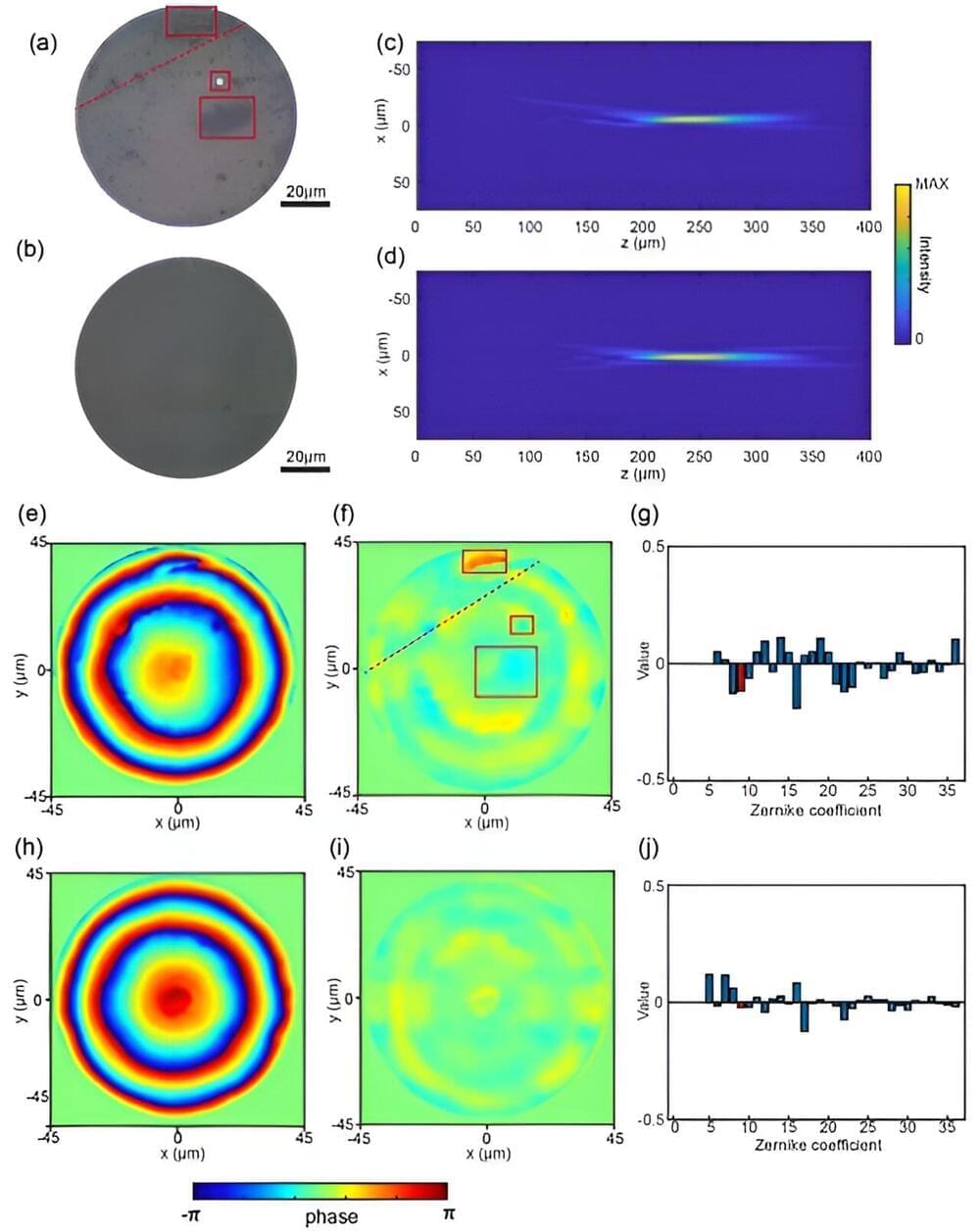
Metalenses phase characterization by multi-distance phase retrieval
Metalens is a kind of optical metasurface composed of metaatoms for manipulating incoming light’s amplitude, phase, and polarization. Unlike traditional refractive lenses, metalens can modulate the wavefront from plane to spherical at an interface. It has garnered widespread attention due to its novel physical properties and promising potential applications.
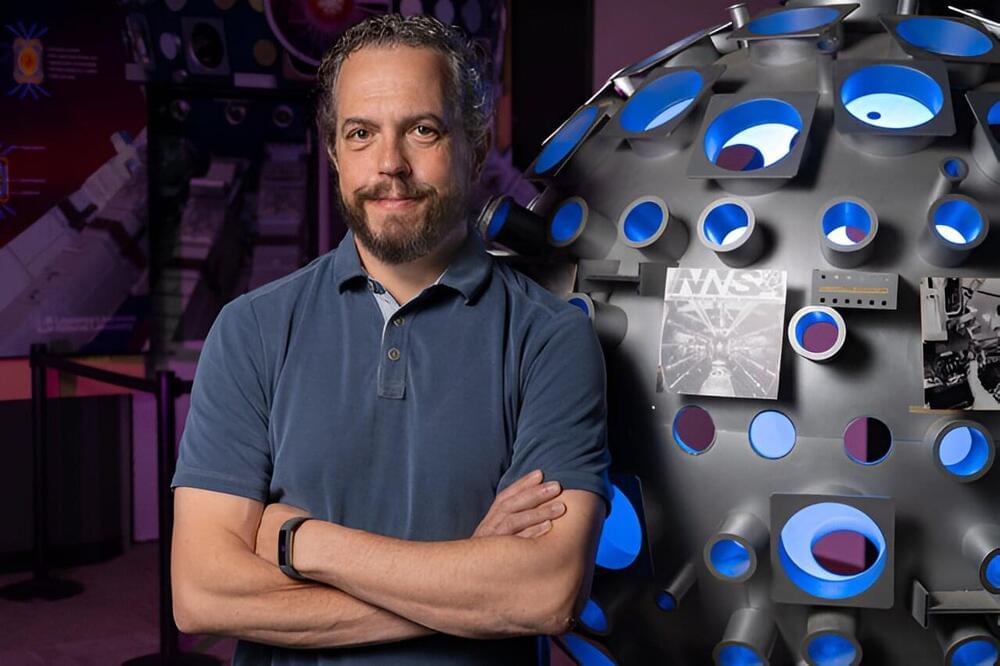
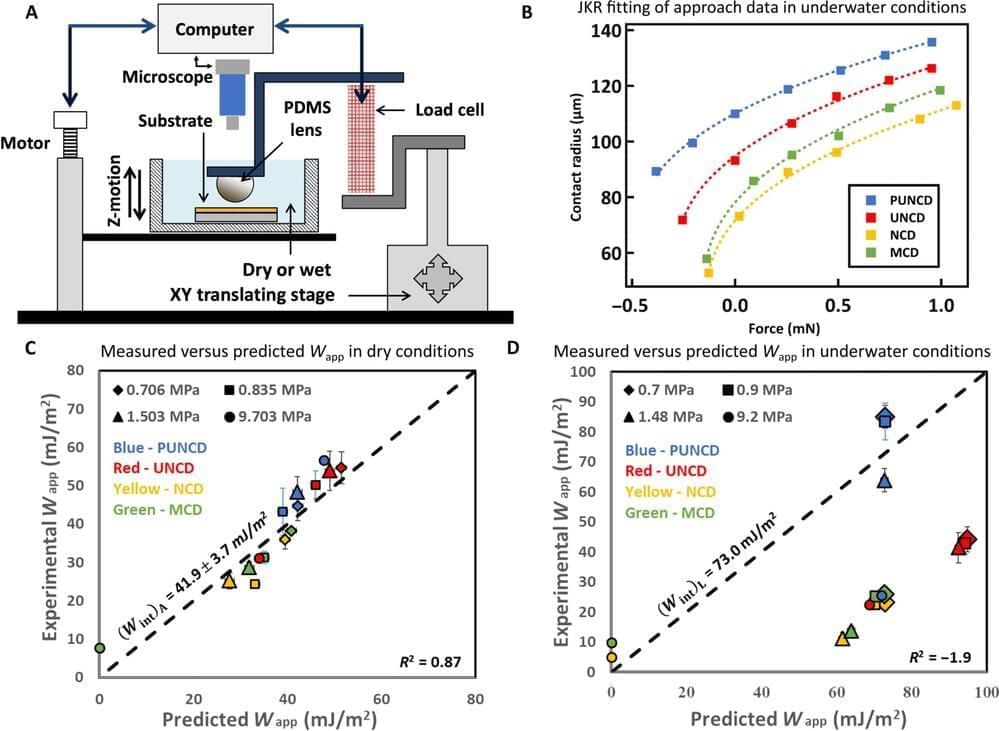
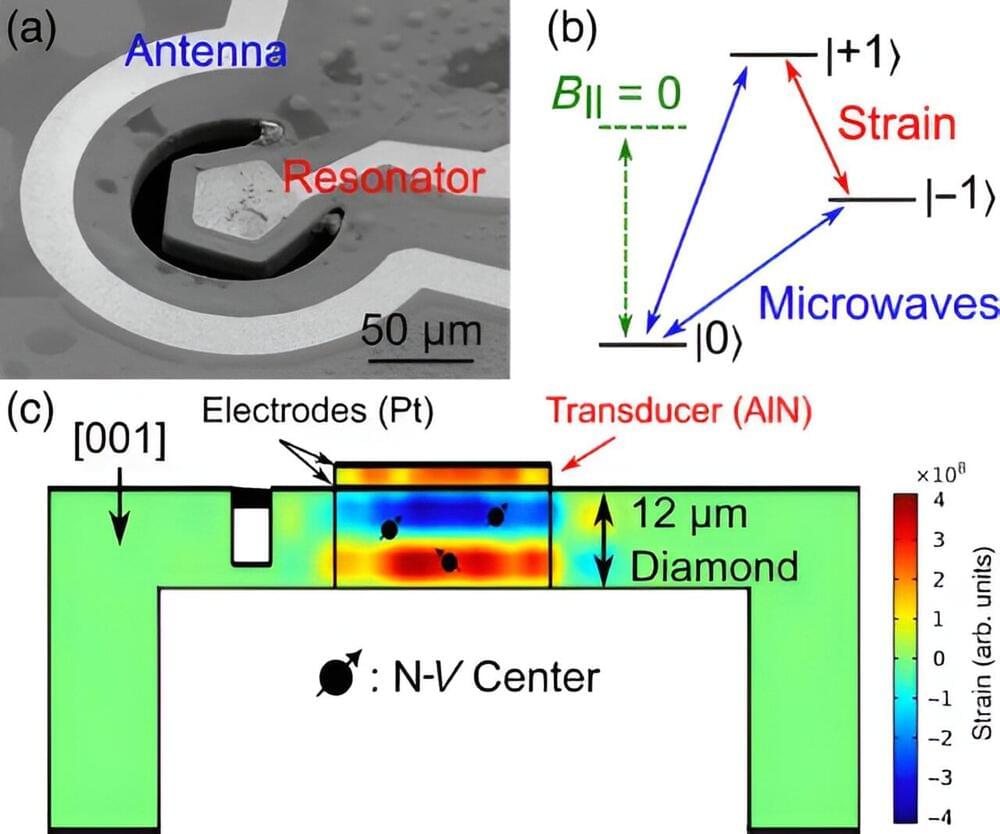
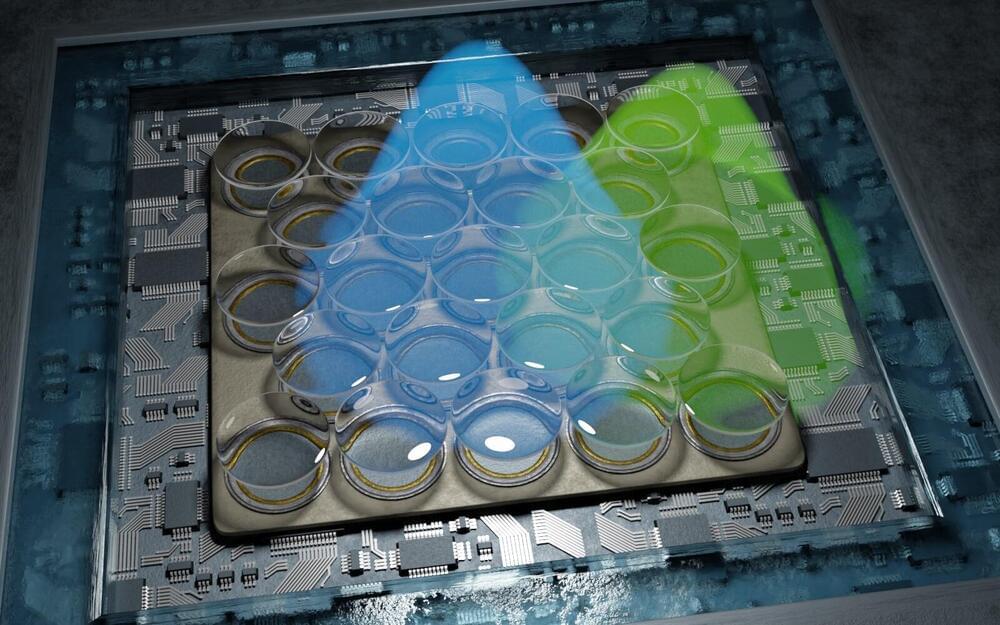
Glimpse into the nanoworld: Microscope reveals tiniest cell processes
What does the inside of a cell really look like? In the past, standard microscopes were limited in how well they could answer this question. Now, researchers from the Universities of Göttingen and Oxford, in collaboration with the University Medical Center Göttingen (UMG), have succeeded in developing a microscope with resolutions better than five nanometers (five billionths of a meter). This is roughly equivalent to the width of a hair split into 10,000 strands. Their new method was published in Nature Photonics.
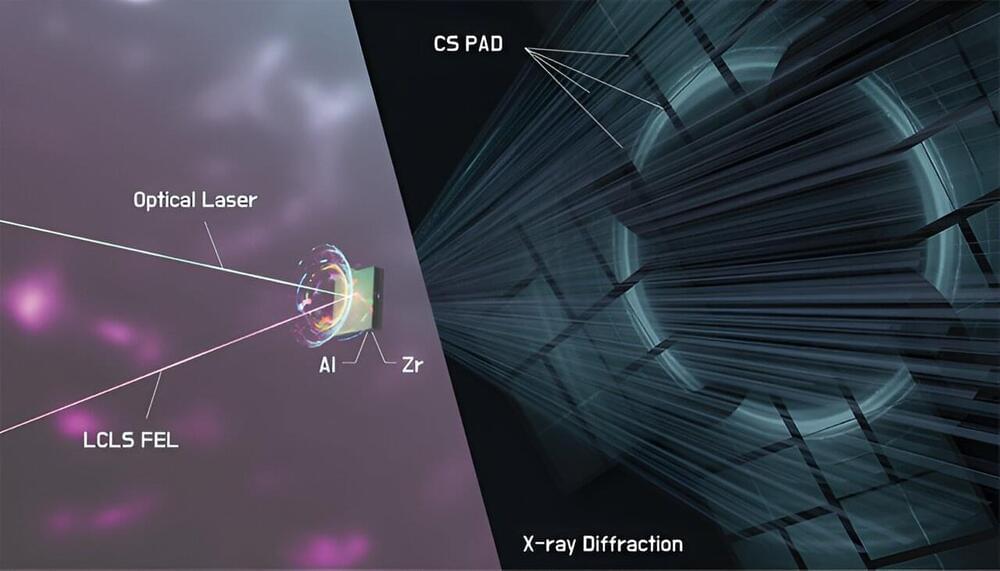
Lasers deliver powerful shocking punch in material experiments
Shock experiments are widely used to understand the mechanical and electronic properties of matter under extreme conditions, like planetary impacts by meteorites. However, after the shock occurs, a clear description of the post-shock thermal state and its impacts on material properties is still lacking.